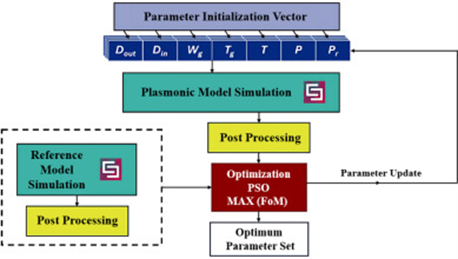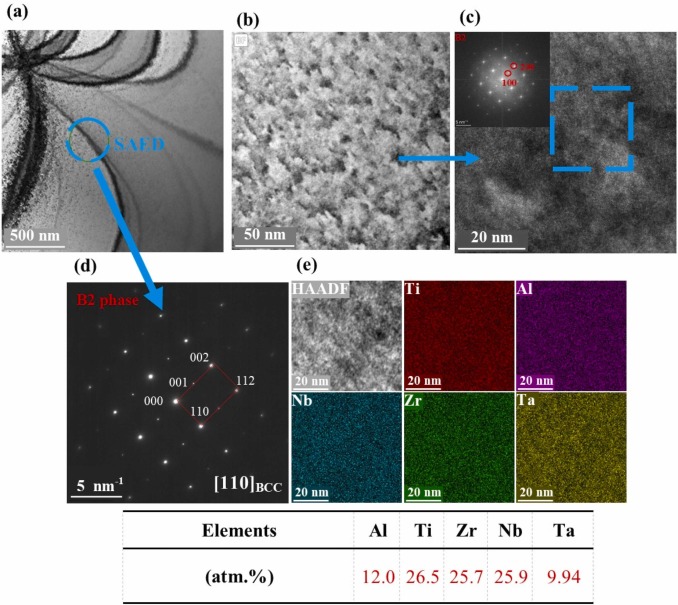
Frequency-dependent effective capacitance of supercapacitors using electrospun cobalt-carbon composite nanofibers
Mixing carbon-based materials with pseudocapacitive material is a widely used strategy to prepare high-energy, high-power supercapacitors. However, phase separation is inevitable after extended charging/discharging which leads to the degradation of performance metrics of the device. Here, we prepare in a single step cobalt-incorporated carbon nanofibers (CNF) by electrospinning homogeneous solutions of polyacrylonitrile (PAN) with cobalt acetate at different nominal proportions (1:0 to 1:1), and investigate their stability and capacitive behavior in symmetric supercapacitors. The electrochemical analyzes demonstrated up to an order of magnitude increase in the effective capacitive with increasing the cobalt content at both close-to-dc frequencies and at around 50/60 Hz power line frequencies. The maximum capacitance is recorded for a nominal cobalt acetate-to-PAN ratio of 0.9 (e.g. 29, 27, 22 and 10 mF at 0.01. 0.1, 1 and 100 Hz respectively; both electrodes are loaded with 1 mg cm−2 of active material each). All devices showed also an outstanding capacitance retention exceeding 99% for 10000 cycles at 1 mA and 5 mA charging/discharging rates each. The improved energy storage capabilities are attributed to both the increased electrical conductivity and high pyridinic nitrogen content which was revealed from the material characterization results using XRD, FE-SEM/TEM, and XPS. © 2019 The Electrochemical Society.



